Home>Gardening & Outdoor>Outdoor Recreation & Activities>How To Clear Up Cloudy Water In My Swimming Pool


Outdoor Recreation & Activities
How To Clear Up Cloudy Water In My Swimming Pool
Published: February 18, 2024
Learn effective methods to clear up cloudy water in your swimming pool and enjoy crystal-clear outdoor recreation and activities. Keep your pool water clean and inviting with our expert tips.
(Many of the links in this article redirect to a specific reviewed product. Your purchase of these products through affiliate links helps to generate commission for Storables.com, at no extra cost. Learn more)
Introduction
Cloudy water in a swimming pool can be a frustrating and unsightly problem for any pool owner. It not only detracts from the visual appeal of the pool but also indicates potential issues with water quality and maintenance. However, fear not, as there are effective solutions to restore your pool water to its sparkling clarity. In this comprehensive guide, we will explore the various causes of cloudy water and provide practical steps to address this common issue. By understanding the underlying factors and implementing the recommended strategies, you can enjoy a crystal-clear swimming pool that is both inviting and safe for all to enjoy.
Maintaining a pristine pool is not only about aesthetics but also about ensuring a healthy and enjoyable swimming environment. Cloudy water is often a symptom of imbalanced water chemistry, inadequate filtration, or the presence of contaminants. By delving into the root causes of cloudy water, we can take targeted actions to remedy the situation and prevent its recurrence. Whether you are a seasoned pool owner or a novice enthusiast, this guide will equip you with the knowledge and techniques to tackle cloudy water effectively.
As we embark on this journey to restore the clarity of your swimming pool, it's important to approach the task with patience and diligence. Each step in the process plays a crucial role in achieving and maintaining pristine pool water. From testing and balancing the water chemistry to implementing proper filtration and maintenance practices, every aspect contributes to the overall health and appearance of the pool. By following the guidance outlined in this article, you will not only address the immediate issue of cloudy water but also establish a solid foundation for ongoing pool maintenance.
Now, let's delve into the intricacies of pool water maintenance and explore the factors that contribute to cloudy water. By gaining a deeper understanding of these elements, you will be better equipped to take proactive measures and enjoy the rewards of a clear and inviting swimming pool.
Key Takeaways:
- Keep your swimming pool water clear by testing and balancing its chemistry regularly. This helps prevent cloudy water and ensures a healthy and inviting swimming environment for everyone to enjoy.
- Regularly maintain your pool’s filtration system, shock the pool as needed, and use clarifiers and flocculants to combat cloudy water. Consistent upkeep creates a pristine and enjoyable swimming space.
Read more: How To Fill Up A Swimming Pool
Understanding the Causes of Cloudy Water
Cloudy water in a swimming pool can stem from various factors, each of which can disrupt the pool's visual clarity and water quality. Understanding these causes is crucial in effectively addressing the issue and preventing its recurrence. One common culprit of cloudy water is improper water chemistry. When the pool water's pH, alkalinity, or sanitizer levels are unbalanced, it can lead to cloudiness. High pH levels can result in scale formation, while low pH levels can corrode pool surfaces and equipment, both of which contribute to cloudy water.
Inadequate filtration and circulation also play a significant role in causing cloudy water. When the filtration system is not functioning optimally or the pool water is not circulating effectively, debris, dirt, and other particles remain suspended in the water, leading to cloudiness. Additionally, insufficient filtration can allow algae and bacteria to proliferate, further exacerbating the cloudy water issue.
Another common cause of cloudy water is the presence of organic and inorganic contaminants. Organic matter such as leaves, pollen, and sunscreen residues can introduce impurities into the pool, while inorganic particles like dust and debris can also contribute to cloudiness. Furthermore, the accumulation of fine particles that are too small for the filtration system to trap can result in cloudy water.
Environmental factors, such as heavy rainfall or wind carrying debris into the pool, can also lead to cloudy water. Additionally, high bather load, especially in pools with inadequate sanitizer levels, can introduce organic contaminants and contribute to cloudiness.
By recognizing these potential causes of cloudy water, pool owners can take targeted measures to address the underlying issues. From maintaining proper water chemistry to optimizing filtration and addressing environmental influences, a proactive approach to pool maintenance can effectively mitigate the factors that lead to cloudy water. In the following sections, we will delve into practical steps to test and balance water chemistry, clean and maintain the filtration system, and implement strategies to restore and maintain the clarity of your swimming pool water.
Testing and Balancing the Water Chemistry
Maintaining proper water chemistry is fundamental to achieving and sustaining clear and balanced pool water. Testing the water regularly and adjusting its chemical composition as needed is a critical aspect of pool maintenance. The following steps will guide you through the process of testing and balancing the water chemistry to address cloudy water effectively.
1. Water Testing:
Regularly testing the pool water is the first step in understanding its chemical composition. Utilize a reliable water testing kit to measure essential parameters such as pH, alkalinity, and sanitizer levels. These measurements provide valuable insights into the current state of the water and serve as the foundation for subsequent adjustments.
2. pH Adjustment:
Maintaining the proper pH level is crucial for water clarity and bather comfort. The recommended pH range for pool water is typically between 7.2 and 7.8. If the pH deviates from this range, it can lead to various issues, including cloudy water. Use pH increaser or decreaser as necessary to bring the water within the optimal range.
Read more: How To Set Up A Swimming Pool
3. Alkalinity Balance:
Total alkalinity acts as a buffer for the pH level, helping to stabilize the water against rapid pH fluctuations. Aim for a total alkalinity level between 80 and 120 parts per million (ppm). If the alkalinity is too low, it can lead to pH instability and potential cloudiness. Adjust the alkalinity using a suitable alkalinity increaser to achieve the desired range.
4. Sanitizer Levels:
Maintaining appropriate sanitizer levels, such as chlorine or bromine, is essential for disinfecting the water and preventing algae and bacterial growth. Test the sanitizer levels regularly and adjust them within the recommended range. Low sanitizer levels can result in cloudy water and compromise the pool's overall cleanliness.
5. Calcium Hardness:
For pools using calcium-based chlorine products, monitoring calcium hardness is crucial. The ideal range for calcium hardness is typically between 200 and 400 ppm. Low calcium hardness can lead to water foaming and equipment corrosion, while high levels can cause scale formation. Adjust the calcium hardness as needed to maintain water balance.
By diligently testing and balancing the water chemistry, pool owners can proactively address the underlying factors contributing to cloudy water. This proactive approach not only restores water clarity but also establishes a foundation for ongoing water maintenance. Additionally, maintaining balanced water chemistry promotes the longevity of pool equipment and enhances the overall swimming experience for all users.
In the next sections, we will explore the importance of cleaning and maintaining the filtration system, shocking the pool, and utilizing clarifiers and flocculants to further address and prevent cloudy water in swimming pools.
Cleaning and Maintaining the Filtration System
Proper maintenance of the filtration system is paramount in ensuring the clarity and cleanliness of pool water. The filtration system serves as the primary defense against suspended particles, debris, and contaminants, playing a crucial role in maintaining pristine water quality. By implementing regular cleaning and maintenance practices, pool owners can optimize the filtration system's efficiency and mitigate the factors contributing to cloudy water.
Read more: How To Test Swimming Pool Water
1. Skimmer and Pump Basket Maintenance:
Regularly inspecting and cleaning the skimmer and pump baskets is essential for preventing debris and contaminants from entering the filtration system. These baskets capture leaves, insects, and other debris before they reach the filter, thereby reducing the burden on the filtration system. Remove any accumulated debris from the baskets and ensure they are free from obstructions to maintain unimpeded water flow.
2. Backwashing the Filter:
For pools equipped with sand or diatomaceous earth (DE) filters, periodic backwashing is necessary to remove trapped impurities and restore the filter's efficiency. Backwashing involves reversing the water flow through the filter to flush out accumulated debris. Follow the manufacturer's guidelines for the recommended frequency of backwashing based on the pool's usage and environmental factors.
3. Filter Cleaning and Maintenance:
Depending on the filter type, whether sand, DE, or cartridge, routine cleaning and maintenance are imperative. For sand filters, occasional deep cleaning, known as "filter bed rejuvenation," can help dislodge trapped particles and revitalize the filter media. DE filters require regular inspection and replenishment of the DE powder to maintain optimal filtration. Cartridge filters should be cleaned according to the manufacturer's recommendations, which may involve rinsing with a high-pressure hose or using filter cleaning solutions.
4. Inspecting and Maintaining Pump and Filter Components:
Regularly inspecting the pump and filter components for signs of wear, damage, or leaks is crucial for ensuring their proper function. Check for worn seals, damaged o-rings, and deteriorating gaskets, and replace them as needed to prevent water bypass and maintain a tight seal. Additionally, lubricate moving parts as recommended by the manufacturer to minimize friction and prolong the equipment's lifespan.
5. Professional Maintenance and Servicing:
Periodically scheduling professional maintenance and servicing of the filtration system can provide a comprehensive assessment of its condition. Certified pool technicians can conduct thorough inspections, identify potential issues, and perform specialized cleaning and maintenance procedures to optimize the filtration system's performance.
By prioritizing the cleaning and maintenance of the filtration system, pool owners can uphold water clarity, minimize the risk of cloudy water, and extend the longevity of the equipment. A well-maintained filtration system not only enhances water quality but also reduces the need for excessive chemical treatments, contributing to a more sustainable and enjoyable pool experience.
Shocking the Pool
Shocking the pool is a critical maintenance practice that involves adding a concentrated dose of pool shock, typically a granular chlorine product, to the water. This process serves multiple purposes, including eliminating organic contaminants, restoring chlorine effectiveness, and addressing persistent cloudiness or algae growth. When routine sanitization and maintenance prove insufficient in maintaining water clarity, shocking the pool can provide a potent solution to combat cloudy water and enhance overall water quality.
The primary objective of shocking the pool is to achieve a temporary surge in chlorine levels, effectively sanitizing the water and oxidizing organic pollutants. Organic contaminants, such as sweat, sunscreen residues, and other bodily fluids introduced by swimmers, can deplete the available chlorine and contribute to water cloudiness. By administering a shock treatment, these contaminants are oxidized and broken down, allowing the chlorine to regain its effectiveness in disinfecting the water.
The frequency of shock treatments depends on various factors, including pool usage, environmental conditions, and the presence of visible cloudiness or algae. Pools experiencing heavy usage or exposure to environmental stressors may require more frequent shocking to maintain water clarity. Additionally, after heavy rainfall, high bather load, or prolonged exposure to intense sunlight, the pool may benefit from a shock treatment to address potential water quality issues.
When administering a shock treatment, it is crucial to follow the manufacturer's guidelines regarding the appropriate dosage based on the pool's volume. Carefully dissolve the pool shock in a bucket of water before evenly distributing it across the pool surface, preferably in the evening to maximize its effectiveness. Allow the shock treatment to circulate overnight, and refrain from swimming until the chlorine levels return to the recommended range, typically below 5 ppm.
In addition to addressing cloudy water, shock treatments can effectively combat algae blooms, a common cause of water discoloration and reduced clarity. The oxidizing effect of the shock treatment disrupts algae growth and helps restore the water to a clear and inviting state. However, it is essential to identify the underlying cause of persistent algae growth, such as inadequate filtration or imbalanced water chemistry, to prevent its recurrence.
By incorporating shock treatments into the pool maintenance regimen as needed, pool owners can proactively combat cloudy water, maintain optimal water quality, and create a more enjoyable swimming environment. When combined with regular testing, balancing water chemistry, and maintaining the filtration system, shock treatments serve as a powerful tool in preserving the clarity and cleanliness of the pool water.
In the subsequent sections, we will explore the use of clarifiers and flocculants, along with essential maintenance tips to uphold the clarity and quality of swimming pool water.
Using Clarifiers and Flocculants
In the quest for pristine pool water, the use of clarifiers and flocculants offers a targeted approach to combatting cloudy water and enhancing water clarity. These specialized pool chemicals work by aiding in the removal of suspended particles and impurities, ultimately contributing to a visibly clearer and more inviting swimming environment.
Clarifiers:
Clarifiers function by coagulating tiny particles that are too small for the filtration system to effectively trap. Once added to the pool water, clarifiers work to bind these minuscule particles together, forming larger clusters that can be captured by the filtration system. This process enhances the filtration efficiency and promotes the removal of fine debris, resulting in a significant improvement in water clarity.
To utilize clarifiers effectively, follow the manufacturer's instructions regarding the recommended dosage based on the pool's volume. It is advisable to add the clarifier to the pool water and allow it to circulate for a sufficient duration to facilitate the aggregation of particles. Regular maintenance doses of clarifiers can aid in sustaining water clarity and complement the filtration system's performance.
Read more: How Much Water In A Olympic Swimming Pool
Flocculants:
Flocculants, also known as pool floc, offer a more aggressive approach to addressing cloudy water by causing suspended particles to clump together and settle to the pool's bottom. This process, known as flocculation, results in the formation of visible sediment that can be easily vacuumed or manually removed from the pool. Flocculants are particularly effective in treating severe cases of cloudy water or when the filtration system struggles to capture fine particles.
When using flocculants, it is essential to adhere to the recommended dosage and application instructions provided by the manufacturer. After adding the flocculant to the pool water, allow it to circulate briefly before turning off the filtration system to enable the particles to settle. Once the sediment has formed, carefully vacuum the pool to remove the debris, taking care not to agitate the settled particles back into the water.
Both clarifiers and flocculants offer valuable solutions for addressing cloudy water, and their selection depends on the specific needs of the pool and the severity of the cloudiness. By incorporating these specialized treatments into the pool maintenance routine as needed, pool owners can effectively combat suspended particles and maintain the water's visual clarity, creating an inviting and enjoyable swimming environment for all to relish.
Regular Maintenance Tips
Consistent and proactive maintenance is the cornerstone of preserving the clarity and quality of swimming pool water. By integrating the following regular maintenance tips into your pool care regimen, you can uphold optimal water conditions and minimize the risk of cloudy water, ensuring a delightful swimming experience for all.
-
Skimming and Surface Cleaning: Regularly skimming the pool surface to remove leaves, insects, and debris prevents these contaminants from sinking and contributing to cloudiness. Utilize a skimmer net or skimming basket to efficiently capture surface debris, maintaining the water's cleanliness and reducing the burden on the filtration system.
-
Brushing and Vacuuming: Periodically brushing the pool walls and floor, especially in areas prone to algae and debris accumulation, helps prevent the buildup of impurities. Additionally, vacuuming the pool to remove sediment and fine particles enhances water clarity and complements the filtration system's effectiveness.
-
Maintaining Water Level: Monitoring and maintaining the appropriate water level in the pool is essential for optimal skimming and filtration. Ensure that the water level remains within the recommended range, typically halfway up the pool skimmer opening, to facilitate efficient surface skimming and filtration.
-
Regular Filter Inspections: Routinely inspecting the filtration system for clogs, leaks, or signs of wear ensures its continuous operation. Clean or replace filter cartridges as recommended by the manufacturer, and address any issues promptly to uphold filtration efficiency.
-
Monitoring Chemical Levels: Regularly testing and adjusting the pool water's chemical levels, including pH, alkalinity, sanitizer, and calcium hardness, is crucial for water balance and clarity. Consistent monitoring enables timely adjustments, preventing imbalances that can lead to cloudy water and equipment damage.
-
UV Protection and Algae Prevention: Employing a pool cover when the pool is not in use helps minimize UV exposure and reduces the introduction of external contaminants. Additionally, incorporating algaecide treatments as part of the maintenance routine can prevent algae growth and maintain water clarity.
-
Professional Maintenance Checks: Periodically engaging professional pool maintenance services for comprehensive inspections, equipment servicing, and water quality assessments ensures a thorough evaluation of the pool's condition. Professional technicians can identify potential issues and provide expert recommendations for maintaining optimal water clarity.
By adhering to these regular maintenance tips and integrating them into your pool care routine, you can effectively mitigate the factors contributing to cloudy water and sustain a pristine swimming environment. Consistency, attention to detail, and proactive care are key to upholding the visual clarity and quality of your pool water, fostering a welcoming and enjoyable space for leisure and relaxation.
Conclusion
In conclusion, maintaining clear and inviting pool water involves a multifaceted approach that encompasses understanding the causes of cloudy water, testing and balancing water chemistry, cleaning and maintaining the filtration system, shocking the pool, and utilizing clarifiers and flocculants. By addressing these key aspects of pool maintenance, pool owners can effectively combat cloudy water and uphold optimal water clarity for a delightful swimming experience.
Understanding the underlying causes of cloudy water, such as imbalanced water chemistry, inadequate filtration, and the presence of contaminants, provides the foundation for targeted interventions. By recognizing these factors, pool owners can take proactive measures to restore and maintain the visual clarity and quality of the pool water.
Testing and balancing the water chemistry is paramount in achieving and sustaining clear pool water. Regular water testing, pH adjustment, alkalinity balance, and maintaining appropriate sanitizer levels are essential components of this process. By diligently monitoring and adjusting the water chemistry, pool owners can proactively address potential causes of cloudy water and promote a healthy swimming environment.
Cleaning and maintaining the filtration system is equally crucial in preserving water clarity. Regular maintenance of skimmer and pump baskets, backwashing the filter, and inspecting and servicing filter components optimize the filtration system's efficiency, reducing the presence of suspended particles and contaminants that contribute to cloudy water.
Shocking the pool serves as a potent tool in combating organic contaminants and restoring chlorine effectiveness, especially in cases of persistent cloudiness or algae growth. By administering shock treatments as needed, pool owners can effectively address water cloudiness and maintain optimal water quality.
The use of clarifiers and flocculants offers targeted solutions for combating suspended particles and enhancing water clarity. These specialized treatments aid in the removal of fine debris and impurities, contributing to visibly clearer and more inviting pool water.
Furthermore, incorporating regular maintenance tips, such as skimming and surface cleaning, brushing and vacuuming, and monitoring chemical levels, ensures ongoing water clarity and quality. Consistent and proactive maintenance practices are essential for upholding the visual appeal and cleanliness of the pool water.
In essence, by integrating these comprehensive strategies and maintenance practices, pool owners can enjoy a pristine and inviting swimming pool that provides a refreshing and enjoyable aquatic retreat for all to relish. A commitment to proactive maintenance and targeted interventions is the key to maintaining clear and inviting pool water, fostering a welcoming and enjoyable space for leisure and relaxation.
Frequently Asked Questions about How To Clear Up Cloudy Water In My Swimming Pool
Was this page helpful?
At Storables.com, we guarantee accurate and reliable information. Our content, validated by Expert Board Contributors, is crafted following stringent Editorial Policies. We're committed to providing you with well-researched, expert-backed insights for all your informational needs.

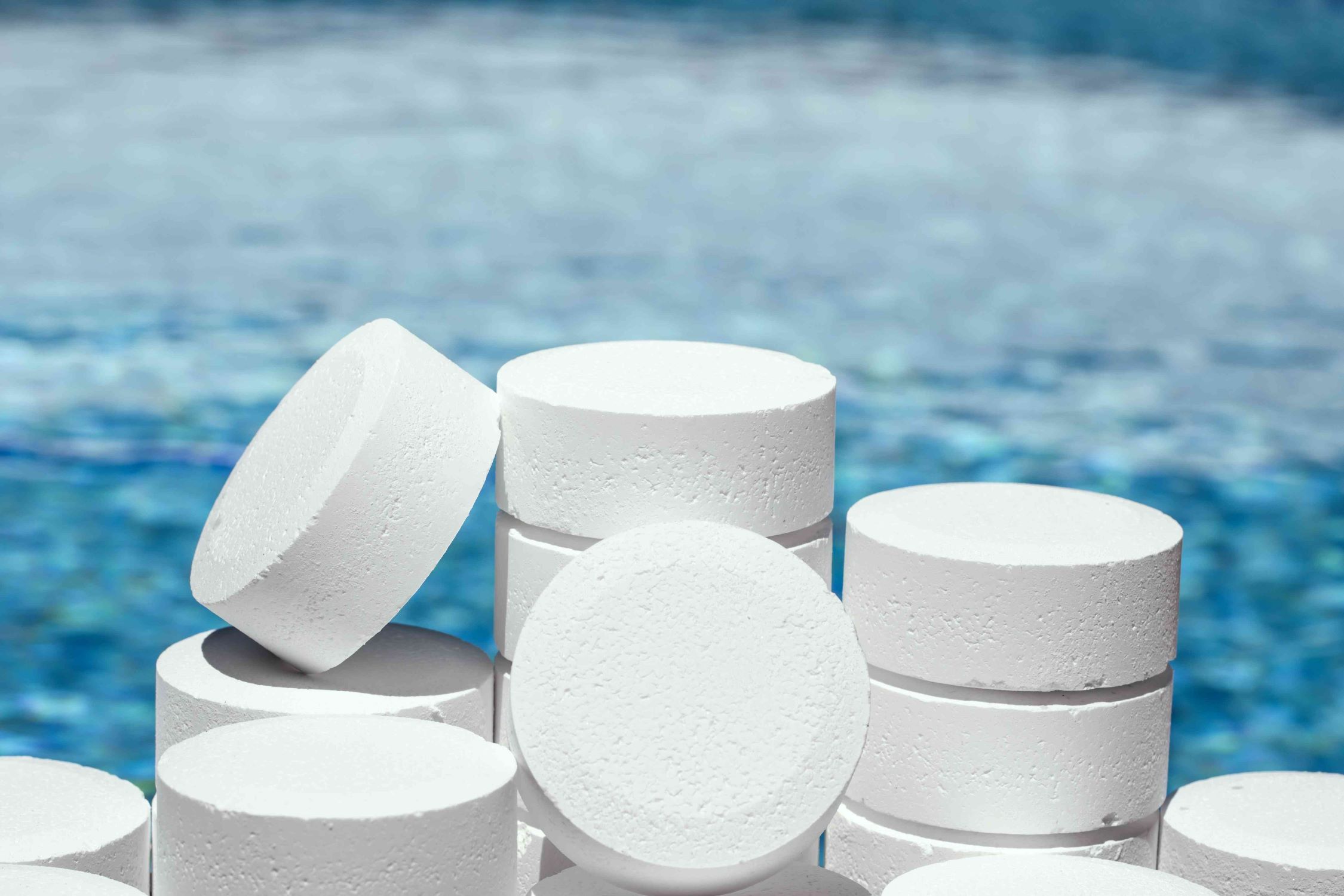

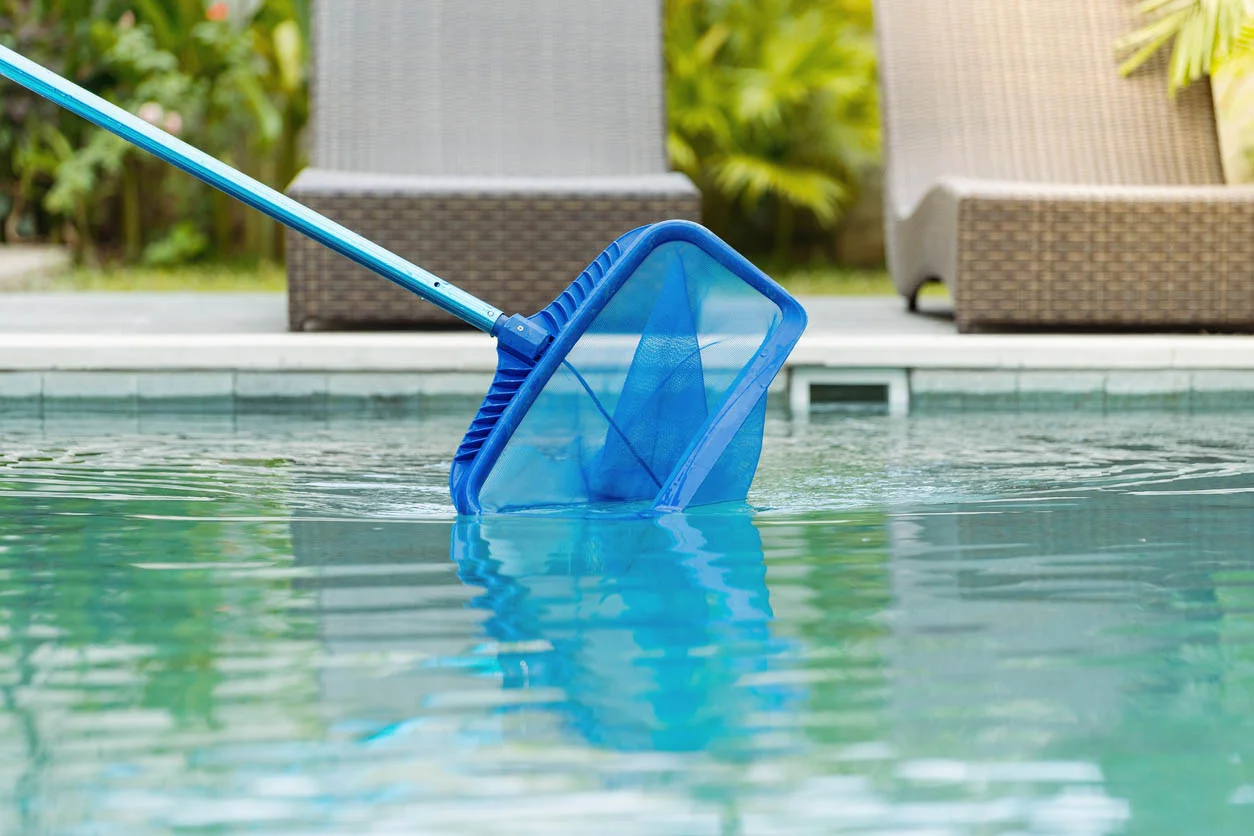
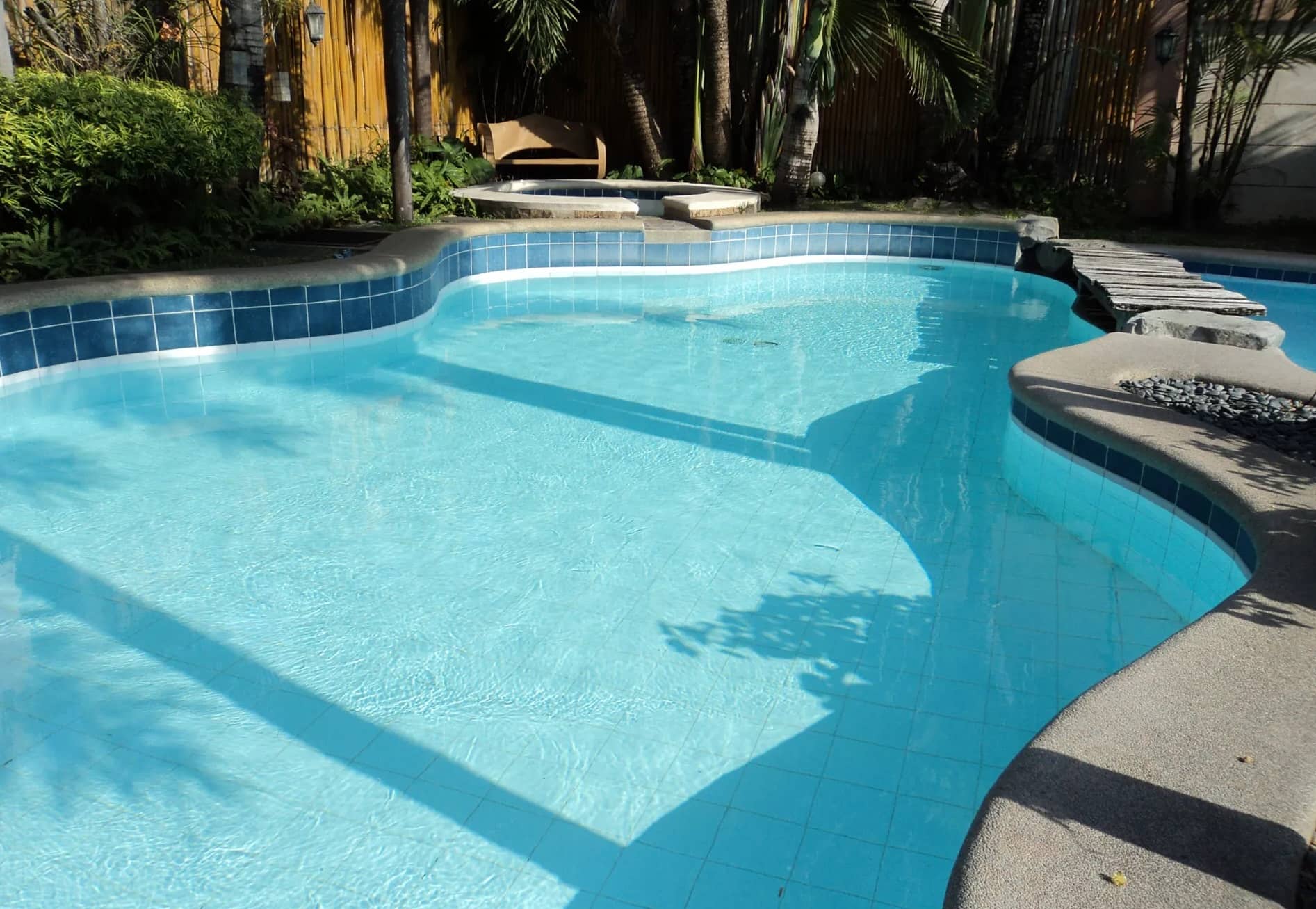
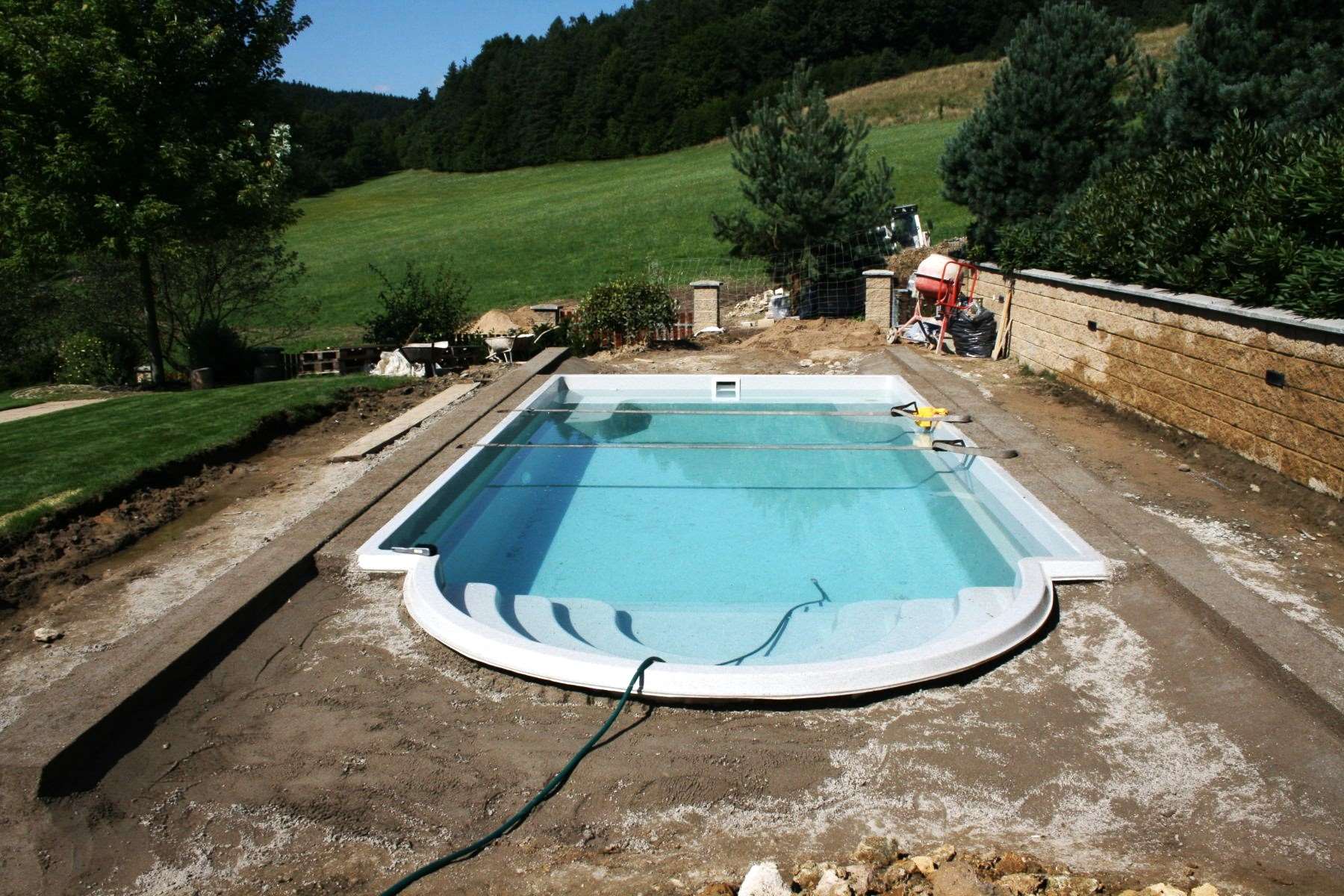
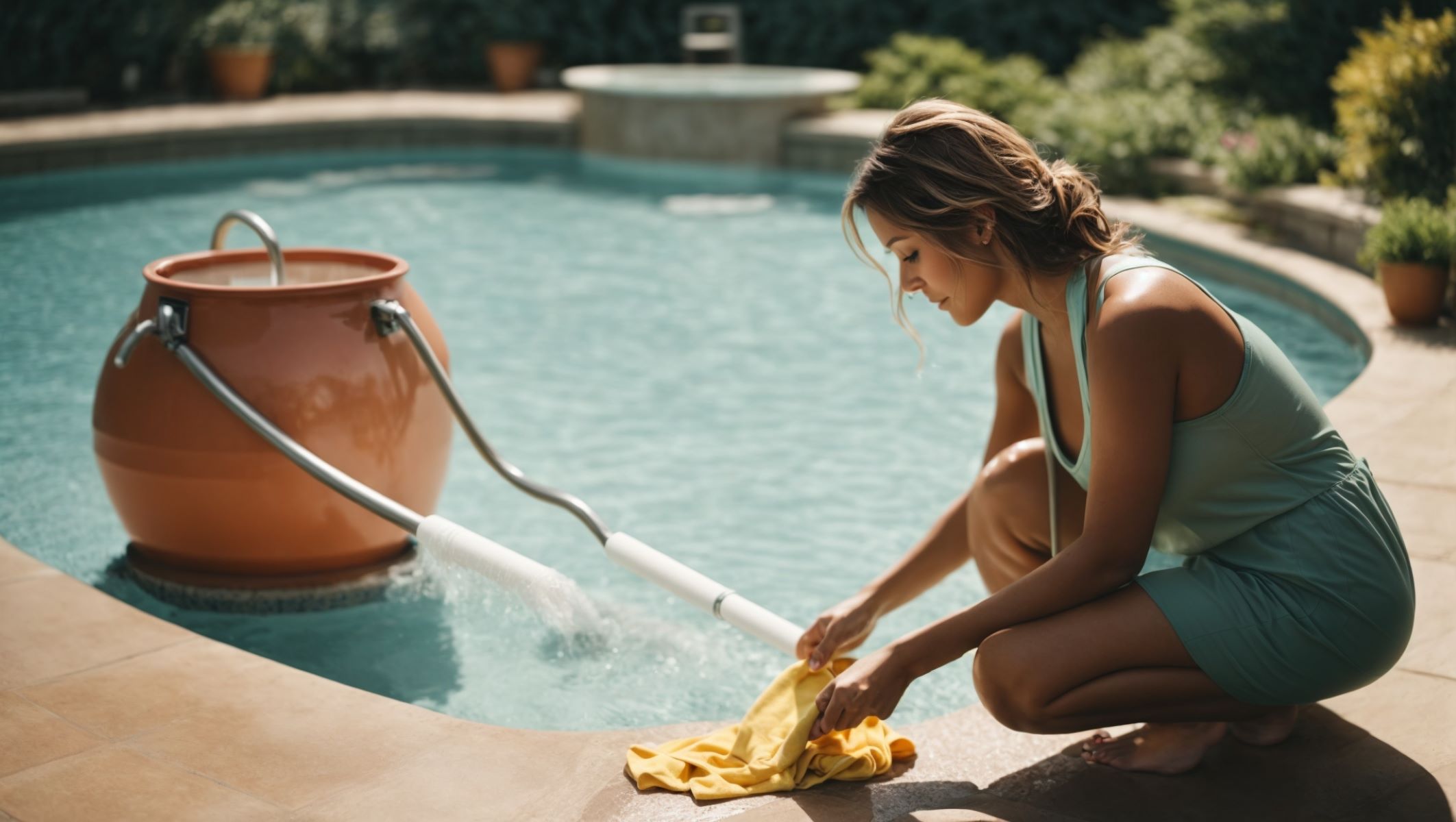
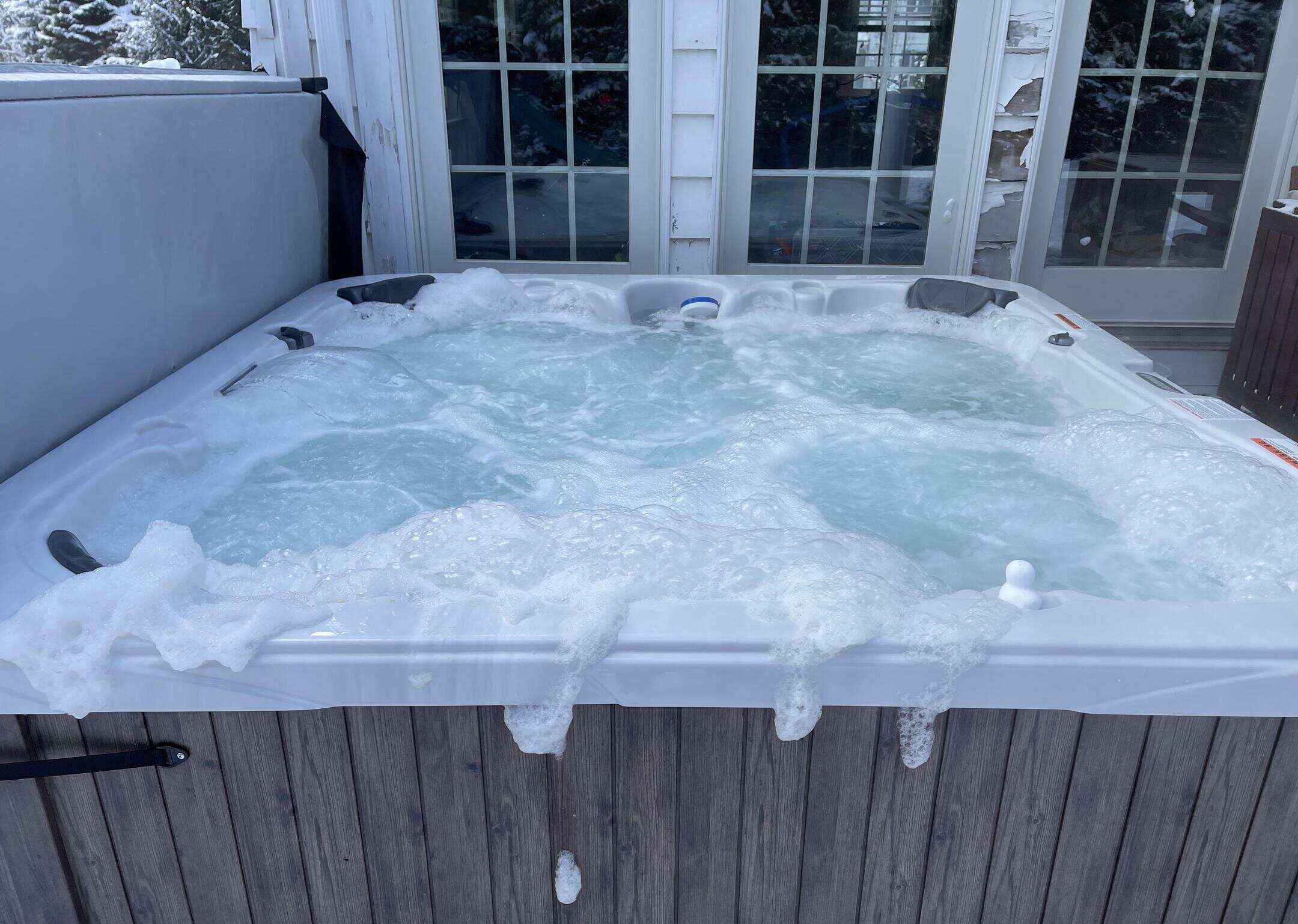

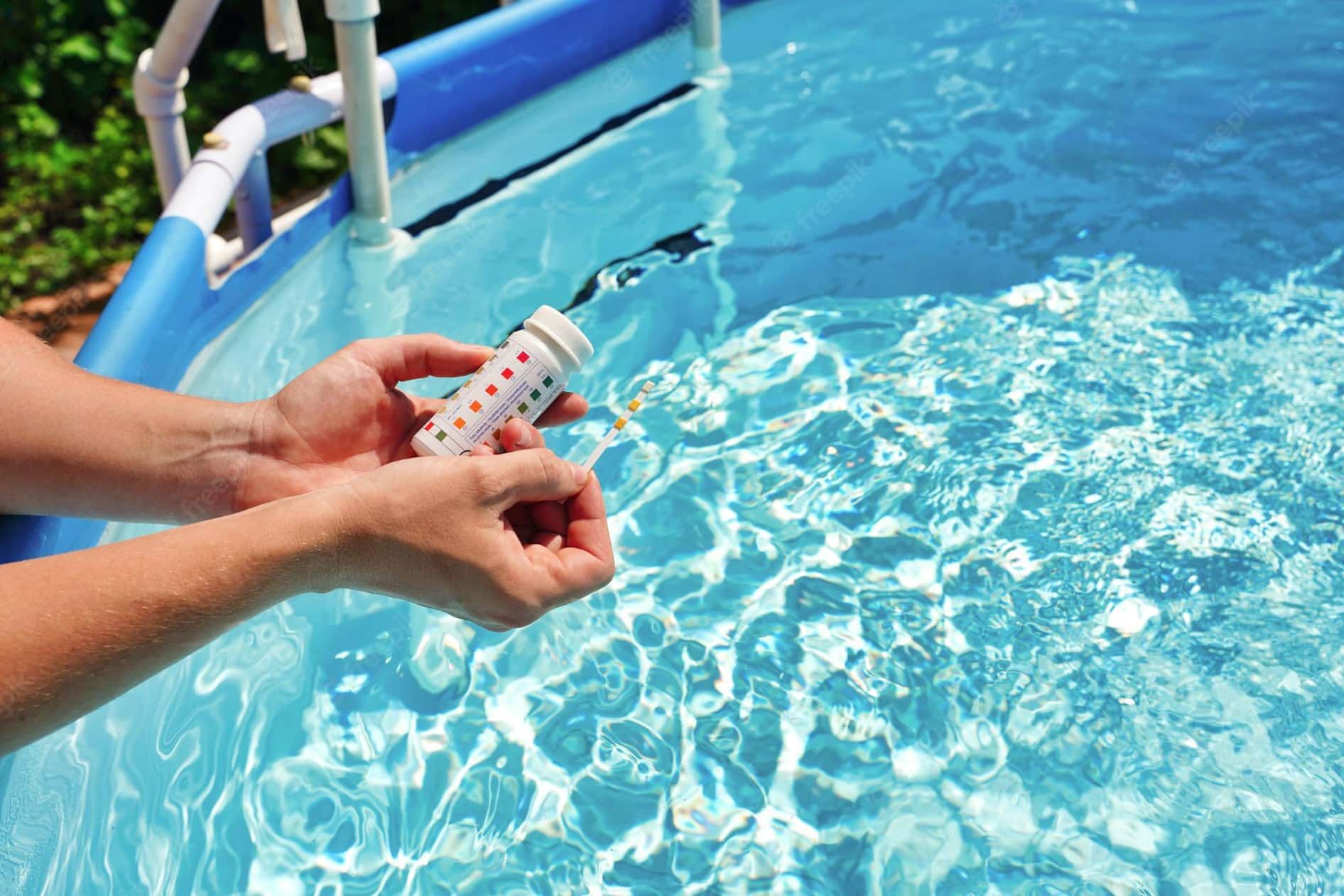
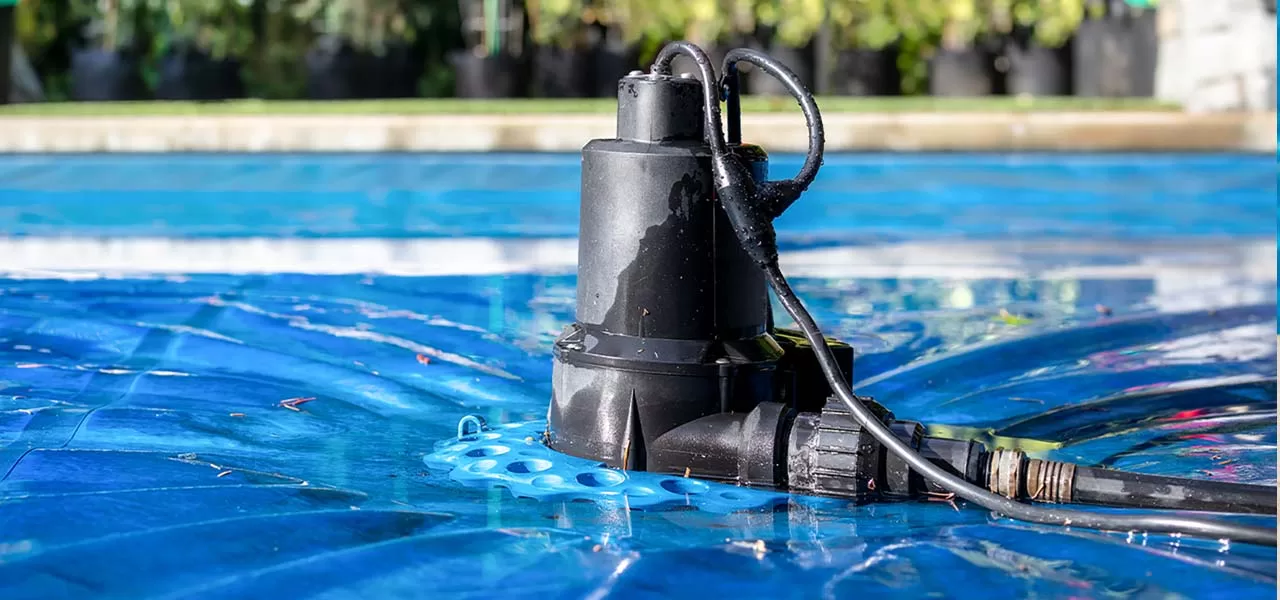

0 thoughts on “How To Clear Up Cloudy Water In My Swimming Pool”